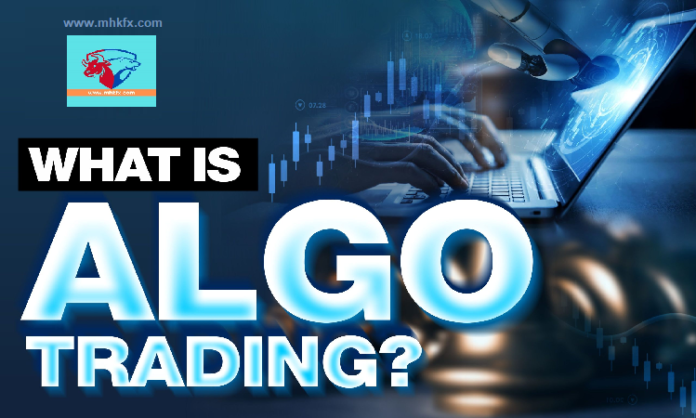
The world of financial markets has been undergoing a profound transformation over the past few decades, and one of the driving forces behind this transformation is the rise of algorithmic trading, or algo trading. Algo trading, which involves the use of computer algorithms to make trading decisions, has become increasingly prevalent in today’s fast-paced and data-driven financial landscape. What’s pushing algo trading to new heights is the integration of artificial intelligence (AI) and machine learning (ML) technologies. These cutting-edge innovations are revolutionizing how financial institutions and traders approach the markets, leading to more efficient and potentially profitable trading strategies.
The Power of AI and ML in Algo Trading
Artificial intelligence and machine learning are changing the game in algo trading. These technologies have the ability to analyze vast amounts of data in real-time and adapt to changing market conditions, making them invaluable for traders seeking a competitive edge.
Predictive Analytics: AI and ML enable traders to develop predictive models that can forecast market movements with a high degree of accuracy. These models can consider a wide range of factors, such as market sentiment, economic indicators, and historical data, to make informed trading decisions. As a result, traders can execute orders more strategically, potentially increasing their chances of profitability.
Risk Management: One of the key challenges in trading is managing risk. AI and ML algorithms can continuously monitor a trader’s portfolio and market conditions to identify potential risks and automatically adjust positions or implement hedging strategies to protect investments. This dynamic risk management approach minimizes losses and enhances overall portfolio performance.
High-Frequency Trading: AI-powered algorithms are particularly well-suited for high-frequency trading (HFT), where trades are executed in milliseconds. Machine learning models can detect and exploit minute price discrepancies or arbitrage opportunities that would be impossible for a human trader to capture manually.
Sentiment Analysis: AI-driven sentiment analysis tools scour news articles, social media, and other information sources to gauge market sentiment. This data can be incorporated into trading strategies, helping traders stay ahead of market-moving news and trends.
The Evolution of Trading Strategies
AI and ML have given rise to a new era of trading strategies. Quantitative trading, which relies heavily on mathematical models and algorithms, has become increasingly popular. These algorithms are designed to spot patterns, correlations, and anomalies that humans might miss, leading to more efficient and data-driven trading decisions.
Statistical Arbitrage: AI and ML are used to identify statistical anomalies and price discrepancies in different financial instruments. Traders can then capitalize on these discrepancies by taking long and short positions to generate profits.
Machine Learning-Powered Trading Bots: Trading bots equipped with machine learning capabilities can adapt to changing market conditions and adjust their strategies in real-time. These bots can trade 24/7 without human intervention, providing a continuous trading presence.
Challenges and Ethical Considerations
As AI and ML continue to shape the future of algo trading, there are significant challenges and ethical considerations to address. One major concern is the potential for market manipulation or unintended consequences resulting from poorly designed algorithms. Regulators are working to establish guidelines and oversight to ensure a fair and transparent marketplace.
Conclusion
Artificial intelligence and machine learning are propelling algo trading to new heights, enabling traders and financial institutions to harness the power of data and automation for more efficient and profitable strategies. While the technology offers incredible opportunities, it also raises concerns that need to be addressed to ensure the stability and integrity of financial markets. As AI and ML continue to advance, traders and investors must adapt and embrace these technologies to remain competitive in an ever-evolving financial landscape.
Related Post:
Advanced Forex Indicators Takes the Market by Storm, Predicting Profitable Entry and Exit Points
LTCM : Unraveling the Myths and Realities

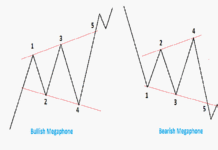
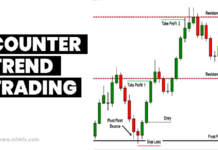


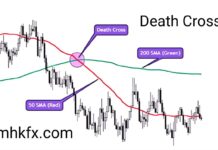






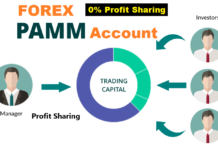

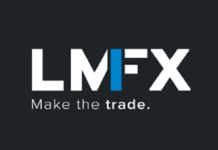
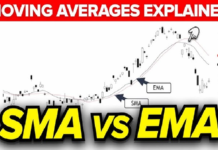



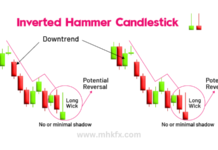


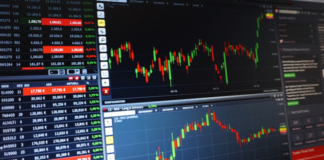
You should be a part of a contest for one of the most useful websites on the web. I am going to recommend this website!